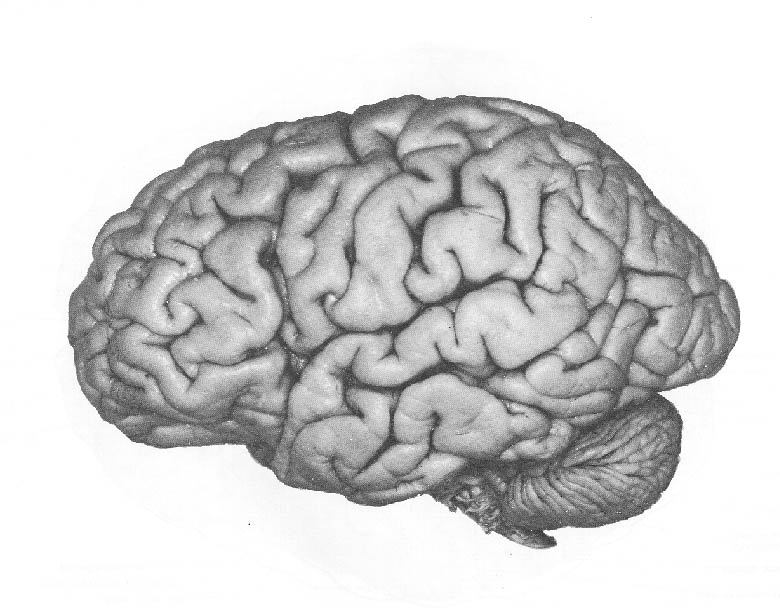


The Mesencephalon has two divisions- the tectum and the tegmentum. The tectum ("roof") is the dorsal surface of the midbrain. In mammals, the tectum is composed of two pairs of bumps, the colliculi ("little hills"). The posterior pair called the inferior colliculi, have an auditory function; the anterior pair, called the superior colliculi, have a visual function. The tegementum is the division of the mesencephalon ventral to the tectum. In addition to the reticular formation and tracts of passage, the tegmentum contains three colorful structures- the periaqueductal gray, the substantia nigra, and the red nucleus. The periaqueductal gray is the gray matter situated around the cerebral aqueduct, the duct connecting the third and fourth ventricles. The periacqueductal gray plays role in mediating the analgesic effects of opiate drugs. The substantia nigra ("black substance" and the red nucleus are both important components of the sensorimotor system. The mesencephalon is generally an unimportant structure in the study language and the brain.
Go to Menu (for non-frame version.)
© 2000 Rice University. This document, or any portion hereof, may be used for non-commercial informational purposes only. Any copy of this document, or portion hereof, must include the copyright notice (http://www.rice.edu/about/cr-notice.html) in its entirety.